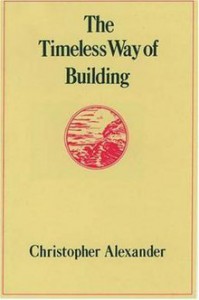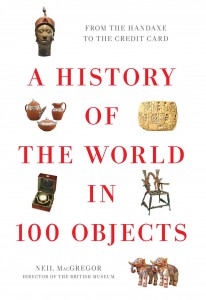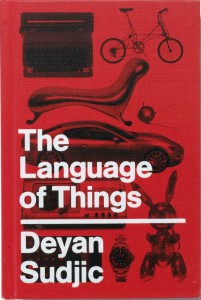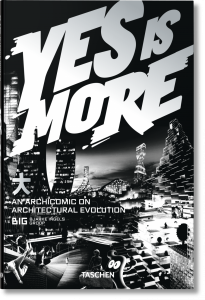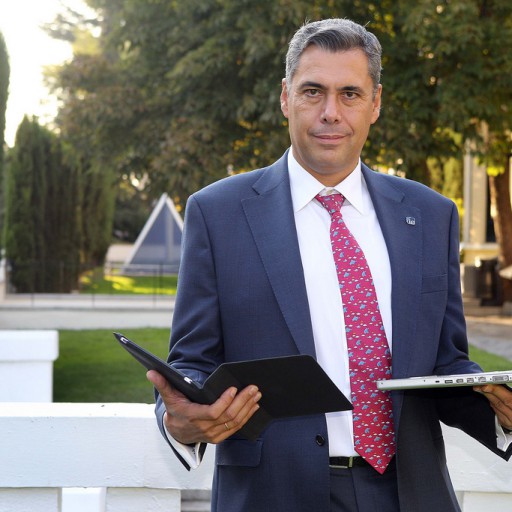We spend the year dreaming of all the time we will have on holidays to read the books that pile up on our bookshelves and nightstands. If the same thing happens to you, and daily life always seems to take over, today we’re providing some recommendations for readers that love design, trends, and architecture. And if you still have some time, you can always check out these design documentaries or take a look back at our magazine.
The language of things, Deyan Sudjic. What makes us camp out in front of Apple stores to be the first in line to buy the latest iPhone? The director of the Design Museum in London shows us how objects, from laptops to the humble nightlamp, seduce and manipulate us, revealing their hidden significance.
A History of the World in 100 Objects, Neil MacGregor. The collections at the British Museum are the perfect springboard for MacGregor to tell us the story of humanity and design. Ancient art, industrial products, technology – the ex-director of the British Museum shows us how museums are a place where “things” gain significance. If you’re interested in sociology and history, this is the book for you.
Yes is more, BIG Architects. A manifesto in the form of a comic book. In this “archi-comic” Bjarke Ingles’s famous studio tells us about how they work to help shape a building and their philosophy, based on the search for a balance between utopia and pragmatism.
The Timeless Way of Building, Christopher Alexander. “At each scale there are global invariants, and detailed variations. In such a system, there is endless variety; and yet at the same time there is endless sameness.” A classic from 1979 that has greatly influenced creative thinking ever since. It is poetry in prose about architecture, or rather, the philosophy of architecture.
A good chair is a good chair, Donald Judd. This is the exhibition of furniture designed by one of the most important artists of the 20th century in the form of a book. Judd approached furniture design with more intensity after moving to Texas where he couldn’t find furniture that adapted to his needs. This book presents his furniture, sketches, and prototypes, including the very first pieces which he built for his children.
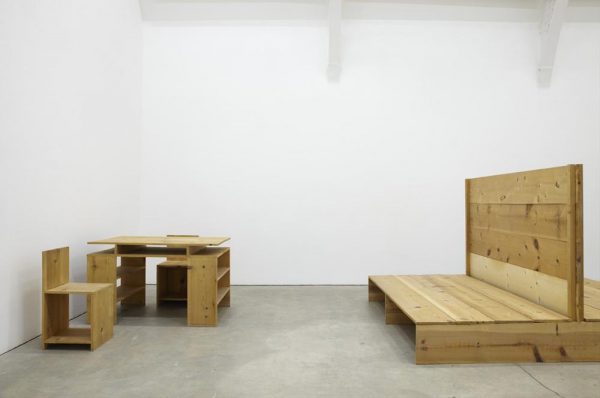
The Little Prince, Antoine de Saint-Exupéry. You might be asking what a children’s book is doing on this list. Saint-Exupéry encourages us to “think outside the box”, to look beyond what we see at first glance His Little Prince moves us and reminds us of what is really important.


